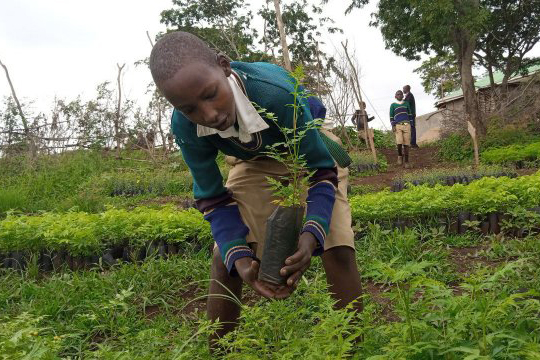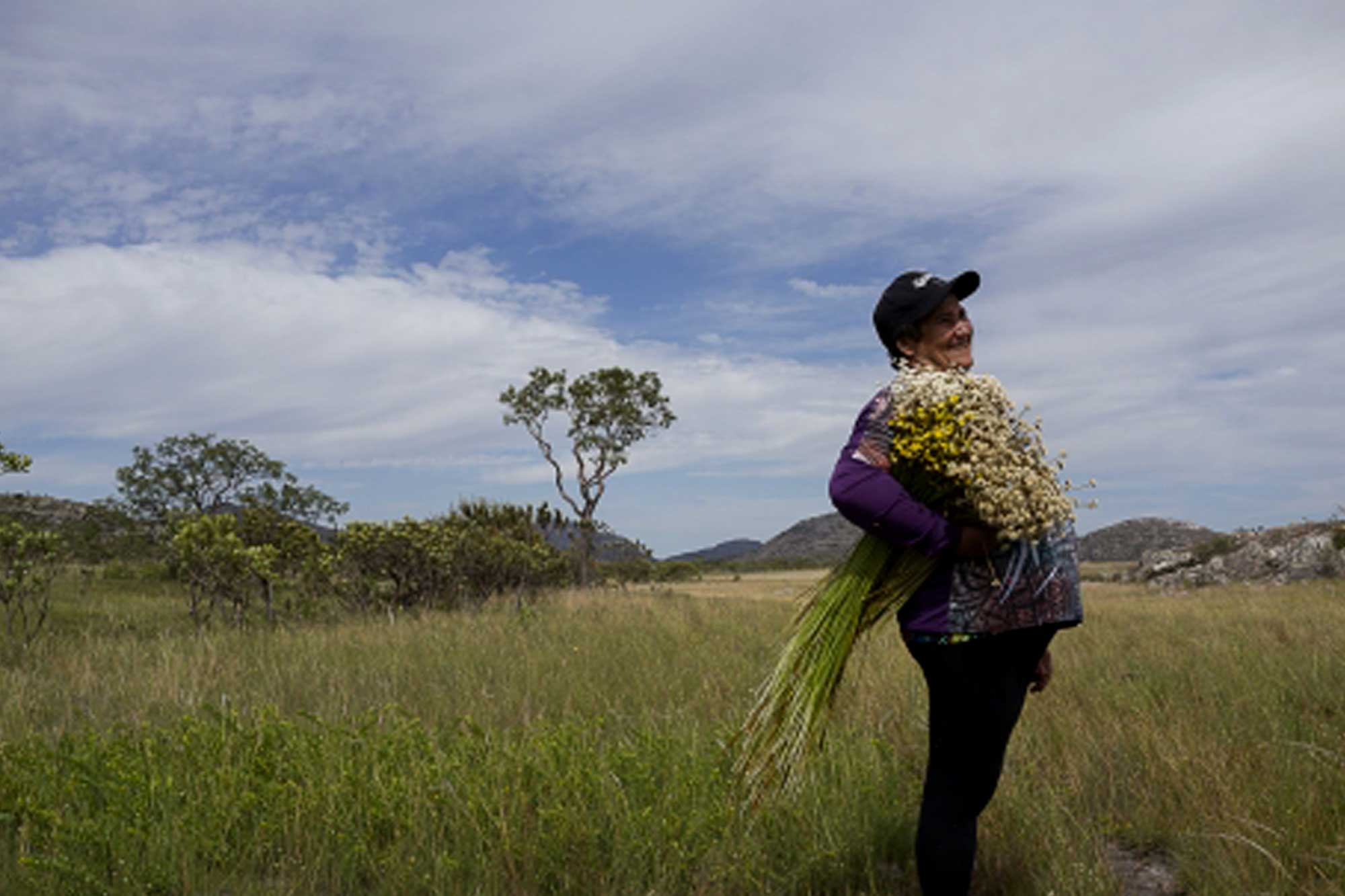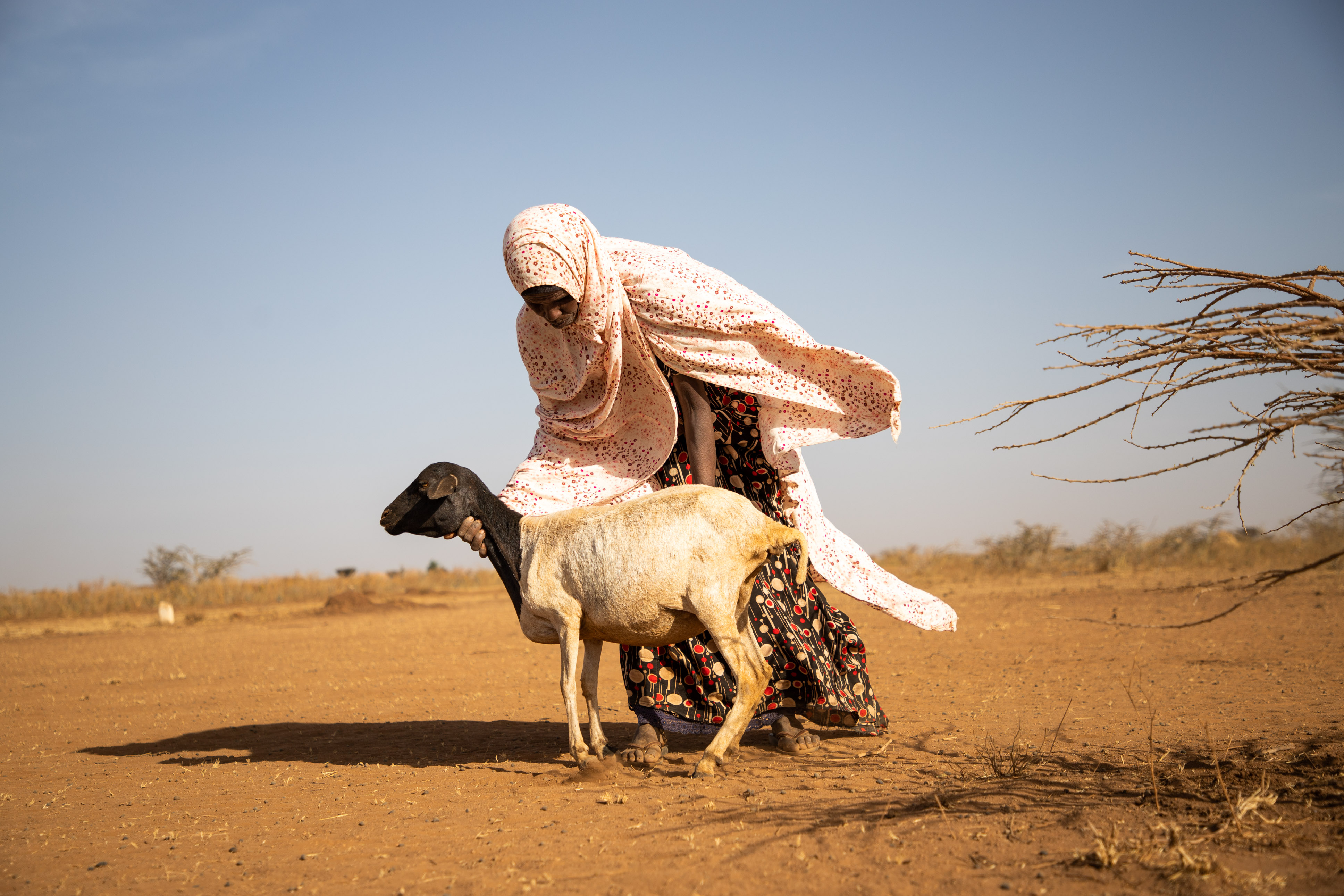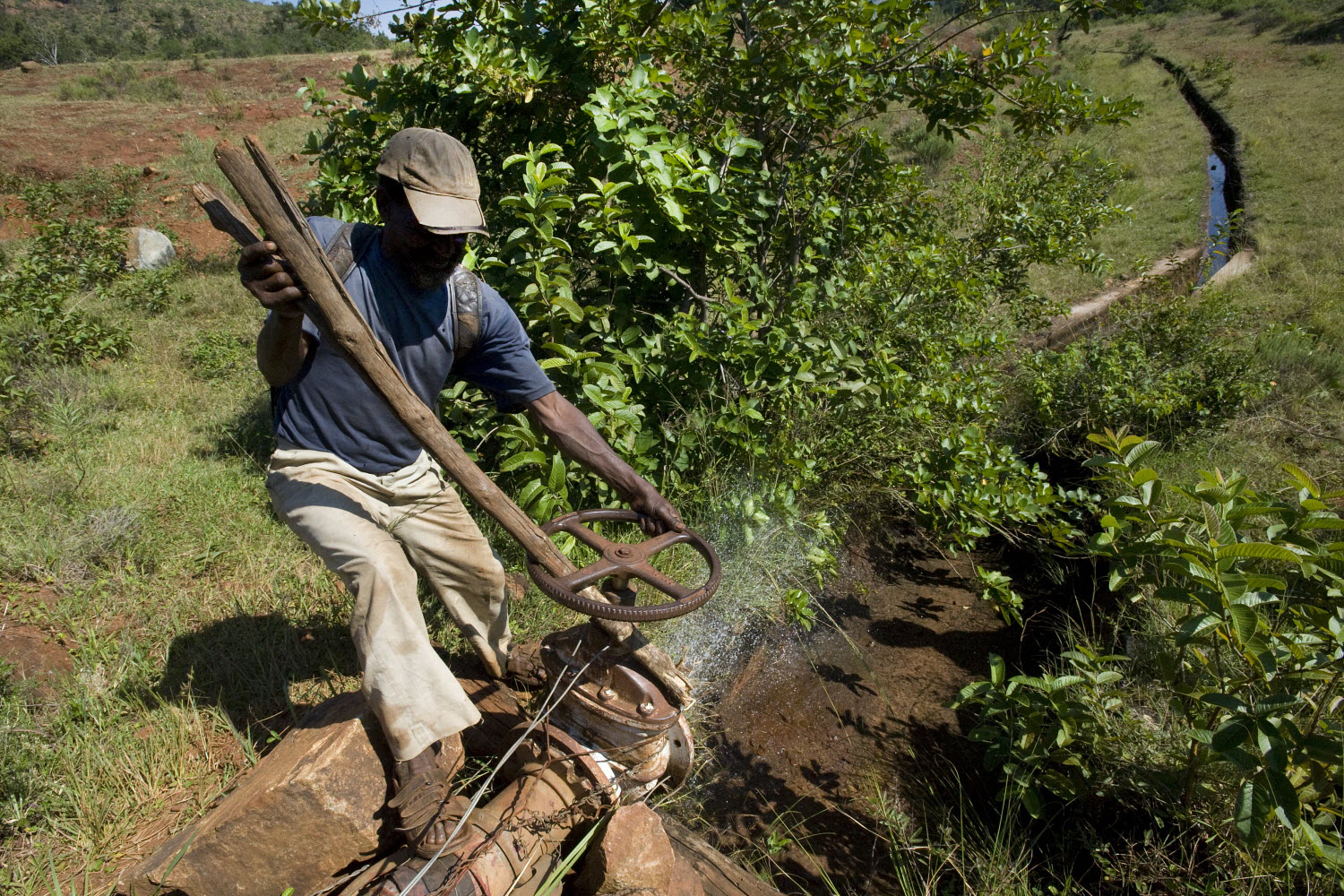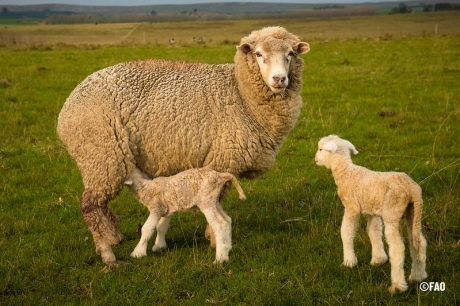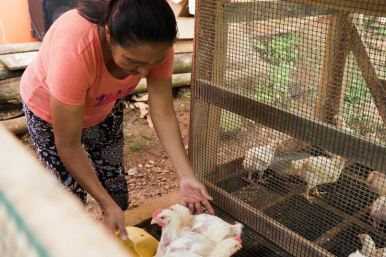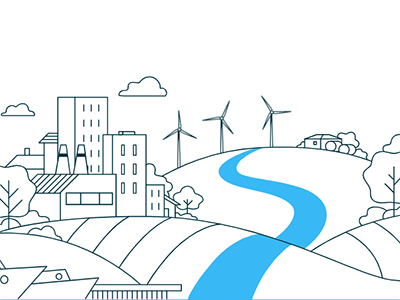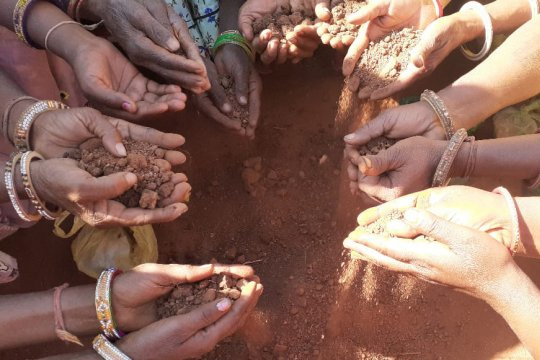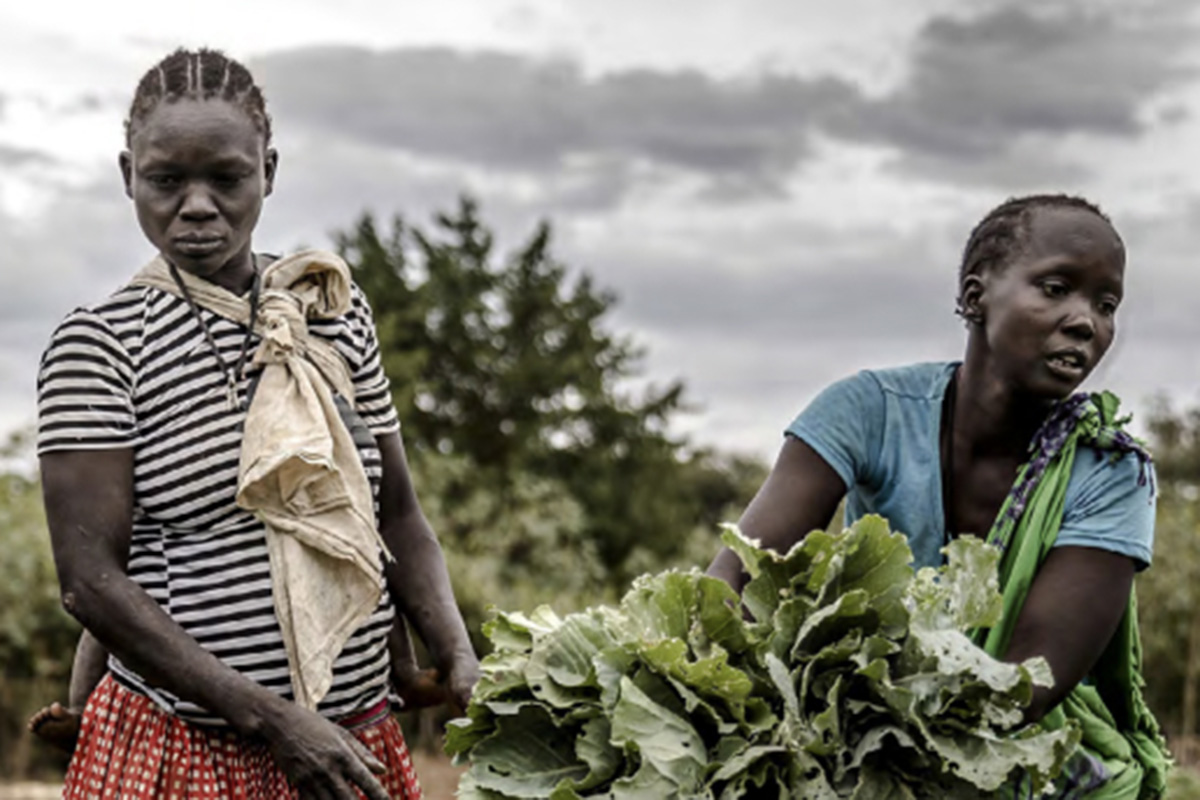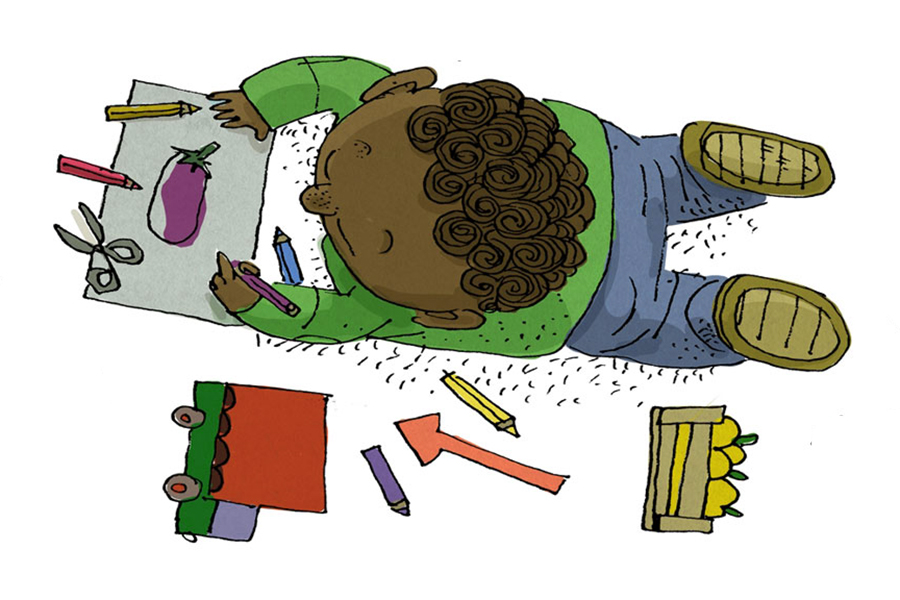When it comes to learning how to nurture seedlings to grow into trees, improving your surroundings and restoring the land around you, you’re never too young to make a start. That’s the thinking behind a project in Tanzania, supported by FAO and its partners, setting up more than 30 clubs in primary and secondary schools to impart these skills to children from an early age. Under the project, staff also deliver services such as business incubation trainings, entrepreneurship methodology and community microfinancing to the adults in the community.
FAO
In some places, farmers have learned to work in harmony with the environment and use knowledge passed down over centuries to implement sustainable practices and protect biodiversity in their ecosystems. These communities envisaged and implemented ingenious ways to conserve, preserve and sustainably use biodiversity while safeguarding livelihoods and landscapes. Through the GIAHS programme, FAO is helping preserve this agricultural heritage. Here are just 4 examples of GIAHS sites.
With its sandy white soil, Suriname’s savannah belt, tucked between the country’s Atlantic coast and the dense tropical forest of its interior, may not count among its most fertile soils. But it’s considered one of the birthplaces of the pineapple, and its rich and unique collection of varieties testifies to this. Cultivated mainly by the region’s Indigenous Peoples, especially the Lokono (Arawak) and Kaliña (Caraiben) peoples, the pineapple offers great prospects for improving livelihoods – potential which FAO and its United Nations partner agencies are working to help unlock.
Water is one of the world’s most precious resources and access to clean water and safe, nutritious food is a basic human right. Water connects us all and is essential to everything we do. Water is also vital for agriculture, livestock and fisheries and key to food production, nutritional security and health. Yet, global water quality is deteriorating at an alarming rate, and land and water resources around the world are at a breaking point, according to FAO’s latest report, State of the World’s Land and Water Resources for Food and Agriculture.
FAO approached producer organizations in Uruguay to assess individual farms and help implement climate smart strategies that encourage the regrowth of vegetation and the return of biodiversity.
Proud of her land and community, Nila has always looked for new ways to contribute to its development. An opportunity arose when FAO and partners implemented a joint programme called: Strengthening the bridge to development strategy to break the cycle of poverty at the local level with a gender and environmental approach. Nila worked hard to get involved in the programme and obtain the capital that allowed her to start a chicken farm. This support set Nila off with 25 chickens and four months later, she had quadrupled her stock.
South–South and triangular cooperation (SSTC) can play a catalytic role in accelerating progress towards the SDGs. A new publication provides a snapshot of FAO’s engagement in SSTC through three case studies.
Our very existence depends on water. We all need water to drink and water to grow food. Water-related ecosystems also sustain livelihoods, food security and nutrition. However, freshwater is becoming increasingly scarce. Today, 3.2 billion people live in agricultural areas with high or very high water shortages or scarcity, of whom 1.2 billion people live in areas with very high water constraints. Ensuring more productive and sustainable use of freshwater and rainwater in agriculture, the world’s largest water user, is key to managing scarce water resources.
The equivalent of one soccer pitch of soil erodes every five seconds, yet it takes 1,000 years to produce just a few centimetres of topsoil. Soil is the life support of our food and agriculture. We rely on soils for 95 percent of the food we consume. Yet on this course, by 2050, 90 percent of all soils are set to be degraded. Without change, degrading soils will put our ecosystems, our climate and food security in jeopardy. FAO’s Global Soil Partnership (GSP) has been working for the past decade with countries and over 500 partners to address soil-related issues.
What does a world where no one is left behind look like? Does it have healthy food for everyone? Show us by drawing a poster and participating in the World Food Day Poster Contest. The deadline to submit a poster is 4 November 2022.
The number of people affected by hunger globally rose to as many as 828 million in 2021, an increase of about 46 million since 2020 and 150 million since the outbreak of the COVID-19 pandemic, according to a United Nations report that provides fresh evidence that the world is moving further away from its goal of ending hunger, food insecurity and malnutrition in all its forms by 2030. We must transform our agrifood systems so everyone has access to the food they need. Read the FAO's interactive story to learn more.
Have you ever wondered where your coffee beans come from? Chances are it was prepared in Guatemala, ninth largest coffee exporter in the world. In the remote region of Ixil, far off the beaten tracks of the northern part of the country, low literacy rates and poverty have long plagued the Maya Ixil Indigenous population. Employment opportunities are far and few between and many parents feel that they have no choice but to bring their children to work with them in coffee fields to make ends meet. The Food and Agriculture Organization of the United Nations (FAO) and partners in the Ixil region are tackling child labour and poverty by promoting education and safe youth employment in the coffee industry.
Producers: Anais Hotin, Charlotta Lomas
Presenter: André Vornic, FAO
Photo credit: © FAO/Santiago Billy
FAO’s flagship publication, the State of Food Security and Nutrition in the World 2022, shows how efforts to make progress towards SDG 2 - Zero Hunger, are proving insufficient.
If you’re aged between 5 and 19, FAO wants to hear from you! Use your imagination and create a poster showing a world where everyone has access to healthy and affordable food.

